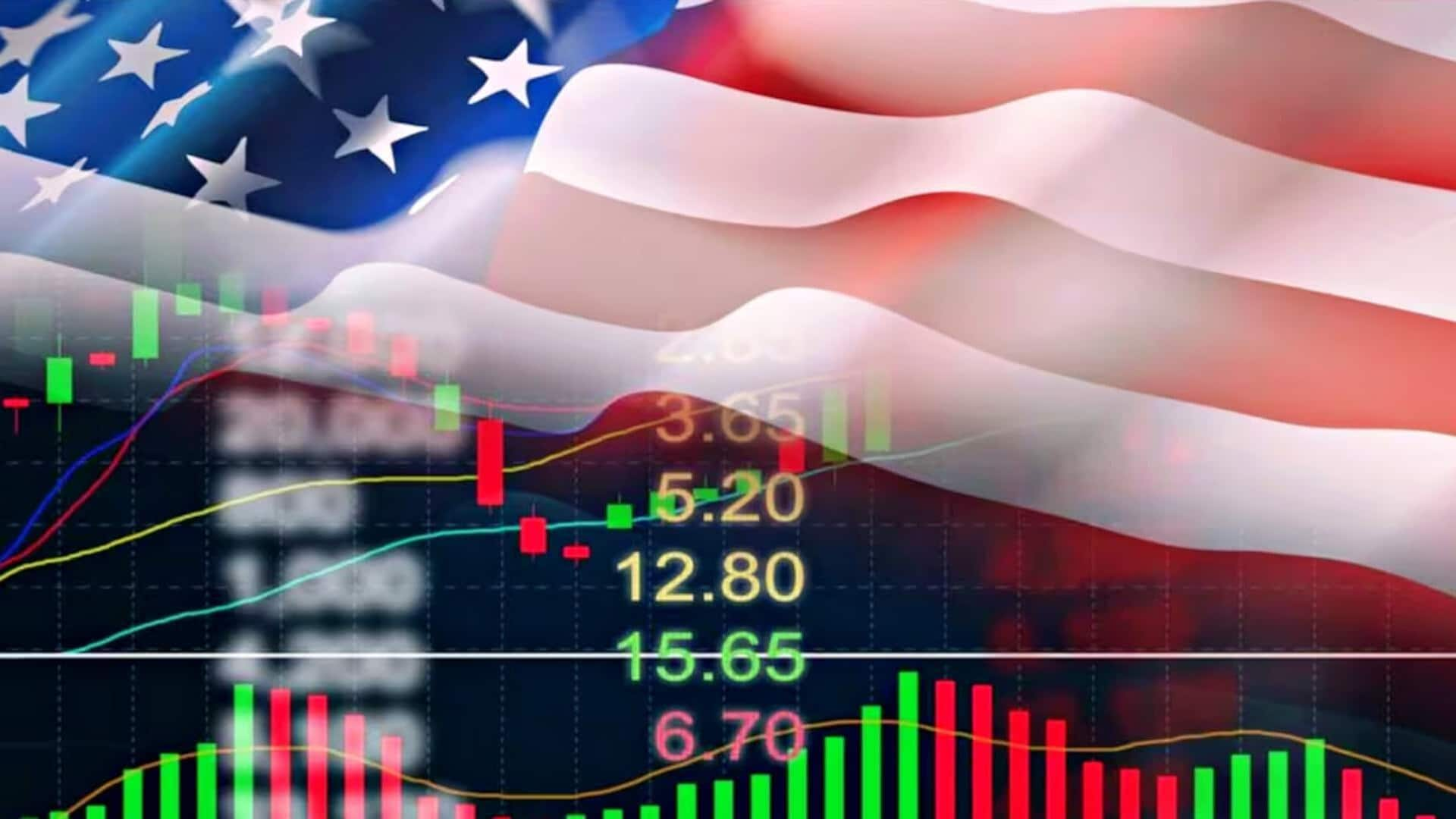
US economy grows at 3.8%, fastest pace in two years
What's the story
The US economy grew at an annualized rate of 3.8% in the April-June quarter, government data released on Thursday showed. This is the fastest growth in nearly two years and a major revision from the previously estimated growth rate of 3.3%. The GDP expansion highlights a strong recovery from a contraction of 0.6% in the first quarter and emphasizes how trade policy changes have affected economic performance.
Economic drivers
Trade policy changes and consumer spending boost growth
The revised figures highlight the impact of Donald Trump's trade policy changes and increased consumer spending on US economic growth. Imports, which had surged earlier this year as businesses scrambled to avoid tariffs, fell by 29.3% in the second quarter. This decline contributed over five percentage points to GDP growth, according to the Commerce Department. Consumer spending also picked up pace, growing at a rate of 2.5% compared to just 0.6% in Q1 of 2025.
Economic concerns
Slower job growth and potential inflation risks
The Trump administration has imposed tariffs on a range of imports, from steel to autos. While these measures are intended to protect US industries and offset tax cuts, economists warn that they could slow down growth and stoke inflation. Data revisions from the Labor Department revealed that 911,000 fewer jobs were created in the year ending March than initially reported, bringing down the monthly average to 71,000. Job growth has also slowed since March, averaging just 53,000 per month.
Interest rate cuts
Interest rates cut amid economic uncertainties
In light of these economic conditions, the Federal Reserve cut its benchmark interest rate last week, the first such move since December. The Commerce Department is set to release its first estimate of GDP for July-September on October 30. Economists surveyed by FactSet expect growth to slow down to 1.5%. This expectation comes amid concerns over trade policy uncertainties and their potential impact on future economic growth rates.